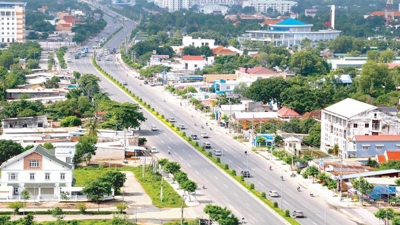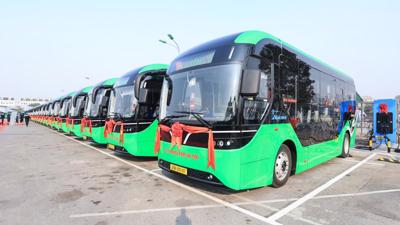Vietnam Charts Course for Sustainable Fisheries by 2050
Ambitious plan aims to protect marine biodiversity, modernize fishing practices, and improve livelihoods

Vietnam's Deputy Prime Minister, Tran Luu Quang, has unveiled an ambitious plan to transform the nation's fisheries sector by 2050.
Approved on May 9, this comprehensive strategy encompasses safeguarding aquatic resources, modernizing fishing practices, and ensuring the industry's sustainable development.
Protecting Biodiversity, Preserving Havens
The heart of the plan lies in protecting marine biodiversity and vital aquatic resources. By 2030, the government aspires to establish 27 marine protected areas, encompassing approximately 463,587 hectares (0.463% of national waters).
These sanctuaries will be pivotal in preserving the rich diversity of marine life and safeguarding crucial habitats for various aquatic species. In addition, 149 zones in the sea and 119 inland areas will be designated to further protect aquatic resources.
These encompass designated breeding grounds, habitats for young aquatic animals, and artificial havens for endangered and economically valuable species, creating a network of safeguarded spaces across Vietnam's waters.
Modernizing Practices, Empowering Communities
Modernizing fishing practices and reshaping the industry is another cornerstone of the plan. A maximum limit of 83,600 fishing vessels will be enforced, and fishing practices will undergo a transformation.
Trawling, known for its ecological impact, will be reduced to constitute only 10% of the total fishing occupation. Gillnetting, hook and line fishing, and the use of traps will be emphasized, promoting more sustainable methods that minimize harm to the marine environment.
Recognizing the importance of supporting fishing communities, the plan stresses the need to integrate their livelihoods with the development of aquaculture, ecotourism, and recreational fisheries.
This multifaceted approach aims to diversify income streams and alleviate pressure on wild fish stocks, fostering a balanced and resilient fishing industry.
The government's long-term vision for the fisheries sector is nothing short of ambitious. By 2050, Vietnam envisions itself as a global leader in sustainable and modern fisheries, standing shoulder to shoulder with other developed nations.
This aspiration will be realized through the preservation of marine biodiversity, the enhancement of livelihoods for fishing communities, and the steadfast protection of national sovereignty over its waters.
In essence, this comprehensive plan marks a watershed moment for Vietnam's fisheries sector. By prioritizing conservation, modernization, and the well-being of fishing communities, the government is paving the way for a more sustainable and prosperous future.
It is a testament to Vietnam's commitment to safeguarding its marine resources and ensuring the long-term health of both the environment and the livelihoods it supports.







